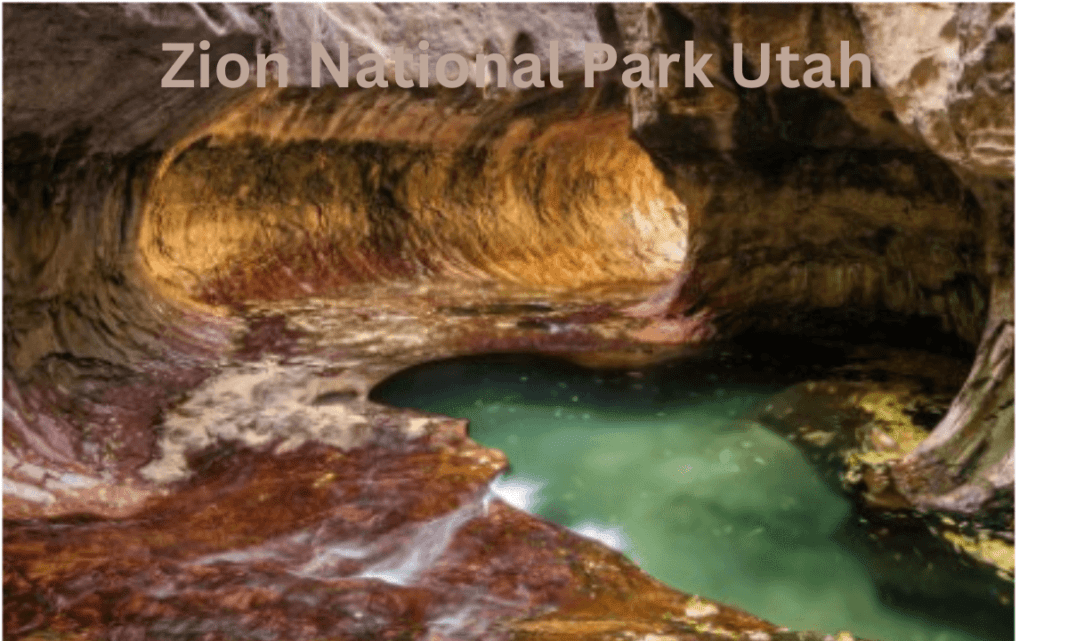A Wonderful Journey To Zion National Park Utah, USA
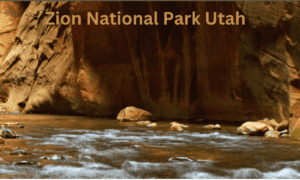
It is an actual western location in the highlands of Zion National Park Utah. It is home to a roaming herd of buffalo and boasts top Zion National Park lodging.
The purpose of Zion National Park is to maintain the park’s natural beauty and the significance of its rivers, to safeguard artifacts from human history, to facilitate scientific study and public education, and to preserve the park’s dramatic geology, which includes Zion Canyon and a network of deep and colorful Navajo sandstone canyons carved out by extraordinary erosion on the Colorado Plateau.
Zion National Park Utah
Southwestern Utah, close to Springdale, is home to the American national park known as Zion. Because of its peculiar location at the crossroads of three distinct biomes—the Colorado Plateau, the Great Basin, and the Mojave Desert—the park is home to various flora and fauna.
The park is home to various plant and animal life, including 289 bird species, 75 mammalian species (including 19 bat species), and 32 reptile species. The park has four life zones: desert, riparian, woodland, and coniferous forest. Mountains, canyons, buttes, mesas, monoliths, rivers, slot canyons, and natural arches are all part of Zion National Park.
The park’s lowest point is 3,666 feet (1,117 meters) at Coalpits Wash, while Horse Ranch Mountain is the highest point at 8,726 feet (2,660 meters). Zion Canyon stands out in the 229-square-mile (590 km2) park.
Visiting Arizona: Adventures in Arizona
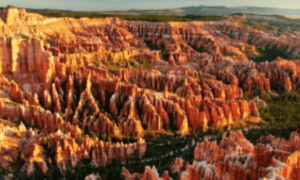

It is 24 km long and reaches a depth of up to 2,640 ft (800 m). Reddish-tan Navajo sandstone is exposed as the North Fork of the Virgin River erodes the canyon walls. In 2023, five million people visited the park.
The first small-scale Native American settlements in the region occurred around 8,000 years ago, and among these were the semi-nomadic Basketmaker Ancestral Puebloans (formerly known as the Anasazi by early non-indigenous archaeologists (c. 300 CE).
With the establishment of permanent settlements, the Virgin Anasazi civilization (c. 500) and the Parowan Fremont group emerged after the Basketmakers. The Parrusits and other Southern Paiute subtribes supplanted these clans by 1300. It was in the early 1860s that Mormons began settling in the region, having arrived in 1858.
Modification of Name
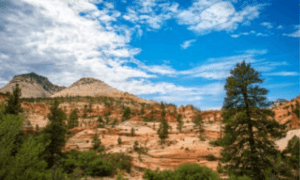

President William Howard Taft designated the area as Mukuntuweap National Monument in 1909 to save the canyon. In 1918, Horace Albright, appointed acting head of the National Park Service, proposed expanding the current monument and renaming the park Zion National Monument (a name used by the Mormons).
According to historian Hal Rothman, the name change appealed to a common prejudice at the time. There was a widespread belief that places with Spanish or Indian names would be less appealing to tourists since they would be more challenging to pronounce.
Zion, the new name, was more appealing to an ethnocentric audience. The monument was officially established on November 19, 1919, after President Woodrow Wilson signed a bill renaming it.
Originally designated as a distinct Zion National Monument in 1937, the Kolob portion became a part of the park in 1956. In 2009, Congress classified 85 percent of the park as wilderness.
The geology of the area around Zion and Kolob canyons comprises nine formations, the majority of which are Mesozoic in age and collectively amount to fifteen hundred million years of sedimentation.
Throughout that time, the region was characterized by various habitats, including warm, shallow waters, streams, ponds, and lakes; expansive deserts; and dry, near-shore ecosystems. Beginning thirteen million years ago, the area was elevated by 10,000 feet (3,000 m) due to uplift related to the formation of the Colorado Plateau.
Physical Location
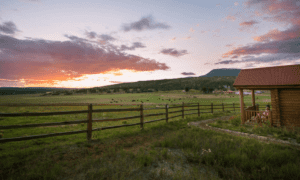

Counties Washington, Iron, and Kane make up southwestern Utah, where you’ll find the park. Situated at the geomorphic crossroads of the Markagunt and Kolob plateaus, it is geographically at the crossroads of the Colorado Plateau, the Great Basin, and the Mojave Desert in North America. From Interstate 15, take exit 40 to reach the park’s northern section, called the Kolob Canyons sector.
The park has a relief of approximately 5,100 feet (1,600 m) from its highest point, Horse Ranch Mountain, at 8,726 feet (2,660 m), to its lowest point, Coal Pits Wash, at 3,666 feet (1,117 m). Streams in the area travel rectangular routes because they follow jointing planes in the rocks.
One of the steepest stream gradients in North America, the Virgin River’s North Fork flows through Zion Canyon in the park at a rate of 50 to 80 feet per mile (9.5 to 15.2 m/km) (0.9-1.5%).
Climate
The cold semi-arid climate of Zion National Park is BSk (Köppen climatic classification), characterized by scorching summers and mild winters with little annual precipitation.
ZION -Perfect Backyard
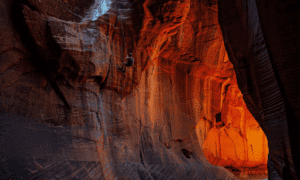

That moniker will stick in people’s minds. “Zion” was the ideal name for this magnificent canyon since, to the Mormon pioneers, it denoted a celestial metropolis. The concept is carried on with the designation of “Angels,” “Temples,” and “Thrones” amidst the lofty sandstone formations.
Which provides an ideal backdrop for various adventures, escapes, solitude, and tranquility. Be ready for a genuinely spiritual experience if you are in the park during sunrise or sunset. Here, we attest.
Yellowstone National Park America: All About You Need To Know For Your Exciting Journey
Nature Preserve in Bryce Canyon
A combination of hoodoos and forests
Although Zion is photogenic even from a moving vehicle, Bryce Canyon requires getting out of the vehicle before it can be considered an Instagrammergential destination. Because the canyon is best accessed from above, descending from its depths requires physical exertion.
Bryce is a place of striking contrasts, with its tall ponderosa pines and its sandstone “hoodoos,” which are flamboyant reds and oranges. Additionally, you can come across Golden Mantled Ground Squirrels, the most convincing panhandlers you’ve ever seen. Your cheese puffs are unnecessary, regardless of what these creatures tell you.
Lake Powell and Beyond
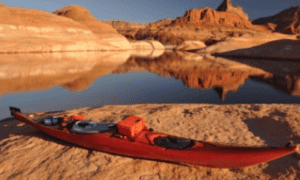

This aquatic paradise beckons with a coastline longer than the West Coast of the United States. However, to fully savor this tall glass of water, a boat, which can be rented or chartered from the marina, is necessary.
Take up paddleboarding or kayaking as an alternative and get some exercise. It won’t take long for you to understand why this location was selected as the setting for the original Planet of the Apes—it is truly extraordinary.
BRAVE SPIRIT
Take a canyoneering trip through Utah to see some of the state’s most breathtaking and secluded slot canyons while you learn the ropes.
Led Treks
There are expansive vistas, enormous ravines, and stunning mountains. Adventurers of varying skill levels can join a guided hike.
Culinary Travels Around the World: An Exploration of Food
Lodges and Private CABINS
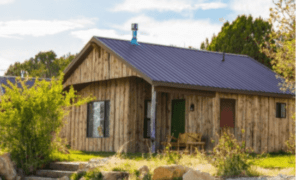

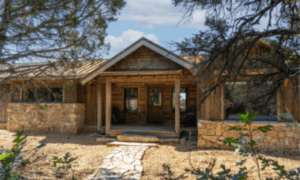

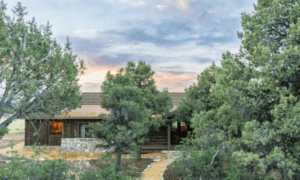

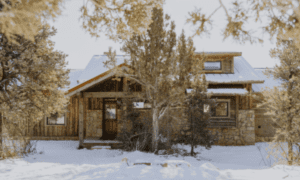

MEADOW BUILDING
MV-2K-1
Adjacent to the main lodge and restaurant, just over the street, this cabin has everything you need on your journey to Zion: a fireplace, king-size beds, and a live-edge exterior. One or two beds are available.
HOLD ON TO THE HOME
This beautiful mountain home at The Preserve has all the makings of a relaxing vacation with its warm rustic furnishings, fireplace, terrace, king-size beds, and ample room. One or two king beds are available.
RIMBINHEAD HOUSE
The most exclusive and alone cabin suite we provide. This spacious home boasts over a thousand square feet, including a sizable deck, on the edge of Meadow Creek Canyon. Massive picture windows that frame the canyon in all its glory.
202 lodge
Three bedrooms—a master, a guest, and a huge bunk room—make Lodge 202 a possible 8-person sleeper. Guests can utilize the well-equipped kitchen and bathroom.
Welcome to Lodge 205!
Lodge 205, identical to Lodge 202, features a master suite, guest suite, bunk room, and full laundry room. It is designed to comfortably accommodate eight people.
The 207th Lodge
Lodge 207 is an ideal getaway for prominent families or groups of friends on vacation. It features 3600 square feet of comfortable sleeping space for 16 people.
Here at Lodge 208,
With its secluded location, large windows, wood-burning fireplace, studio kitchen, and one king bed, Lodge 208 is the perfect getaway.
Welcome to Lodge 211!
Lodge 211 is a beautifully furnished lodge with 12 comfortable beds and stunning views of the east entrance of Zion National Park.
Welcome to Lodge 212!
With its private setting and breathtaking views of the ranch’s meadows and the Zion National Park entrance, Lodge 212 is ideal for large groups (up to 15 people).
Where to Stay: Lodge 222
Lodge 222 has an expansive private deck with a hot tub and a fire pit. Its roomy, one-story layout easily accommodates twelve people.
Accommodation 223
Lodge 223, a spacious and attractively located lodge with a full kitchen and a huge porch, can accommodate ten guests.
Welcome to Lodge 224!
Nestled amid a mature juniper forest, Lodge 224 overlooks the ranch from its spacious meadow.
Inn 226 Inn 212
With expansive views of a perfect meadow and Zion National Park, Lodge 226 is a vast and secluded lodge with a separate guest house.
Dining


Our first priority is being a ranch. The center of our activity is the careful maintenance of the land and the production of healthy, sustainable food. Our kitchen sources everything that can’t be cultivated on-site with great care. Working the land and eating its bounty is satisfying in and of itself. Still, the absolute joy comes from sharing it with our visitors.
Guests of Buffalo-Grill
Farm to Table: Soil to Table Satisfaction
Meticulously Ready
The harvest dictates the menu rotation at Cordwood. Still, our philosophy remains the same: to pay homage to the ingredients with heightened simplicity. No matter the day’s meal, our culinary crew continues inventing new and delicious methods to prepare delicious food.


